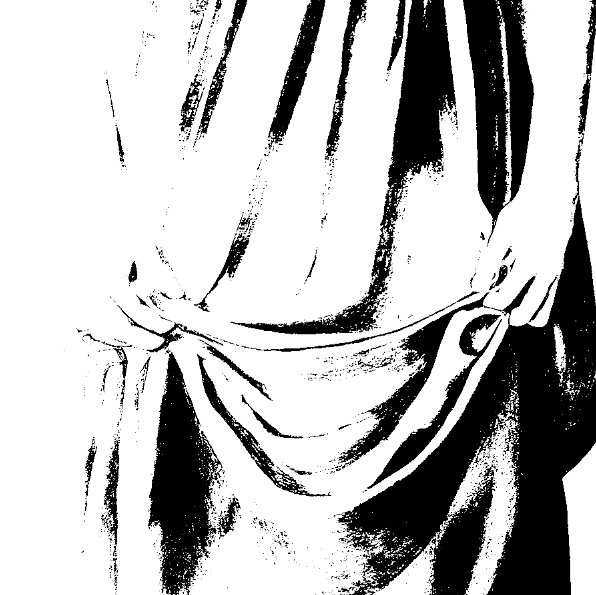I agree with @horatio - caricature-ish is not the place to start. I disagree with @zach in spending 2-20 minutes and taking in the whole picture.
Where I come from, it is called Croquis. It is a technique where the aim is to "clock up the pencil hours". It is about learning to see more than anything. The point is to draw quickly, hardly looking at the paper, no corrections, or detailed fiddling. Use 10-20 seconds on each drawing, then start again. After you have done about 20-30 drawings stop, and look over what you have done.
If you during one drawing feel that you cannot really do much more to it, go to the next. Do not try to improve it there and then.
What happens is that the ones you thought were bad, might turn out to be the best ones. It is an extremely efficient way of learning to capture the essence.
Put these in a drawer, do not throw them away. When you have had a few more sessions you can look at them and see again, with new eyes.
This style of drawing is fast, intuitive and without censuring. Do not overthink, do not get bogged down in the structural "rules" of proportions. This will not help.
I used to do this while on public transport, as you have little time as people move around. It forces you to stop when people leave, and you can go over to the next drawing without getting bogged down in details.
Another good, more detailed exercise it drawing negative space. I will try to exemplify this idea here. When drawing an object, you have to imagine and decide where the borders between light - shadow goes. You are essentially taking 3D space down to 2d, and this is done by imagining negative space. A background has a shape, it is just the negative space of the object. Sometimes it is helpful to draw the background, rather than the object. Here is one image getting increasingly complex. But the last one is not always the best, just because it is the most detailed. It always depends on what you wish to accomplish.






